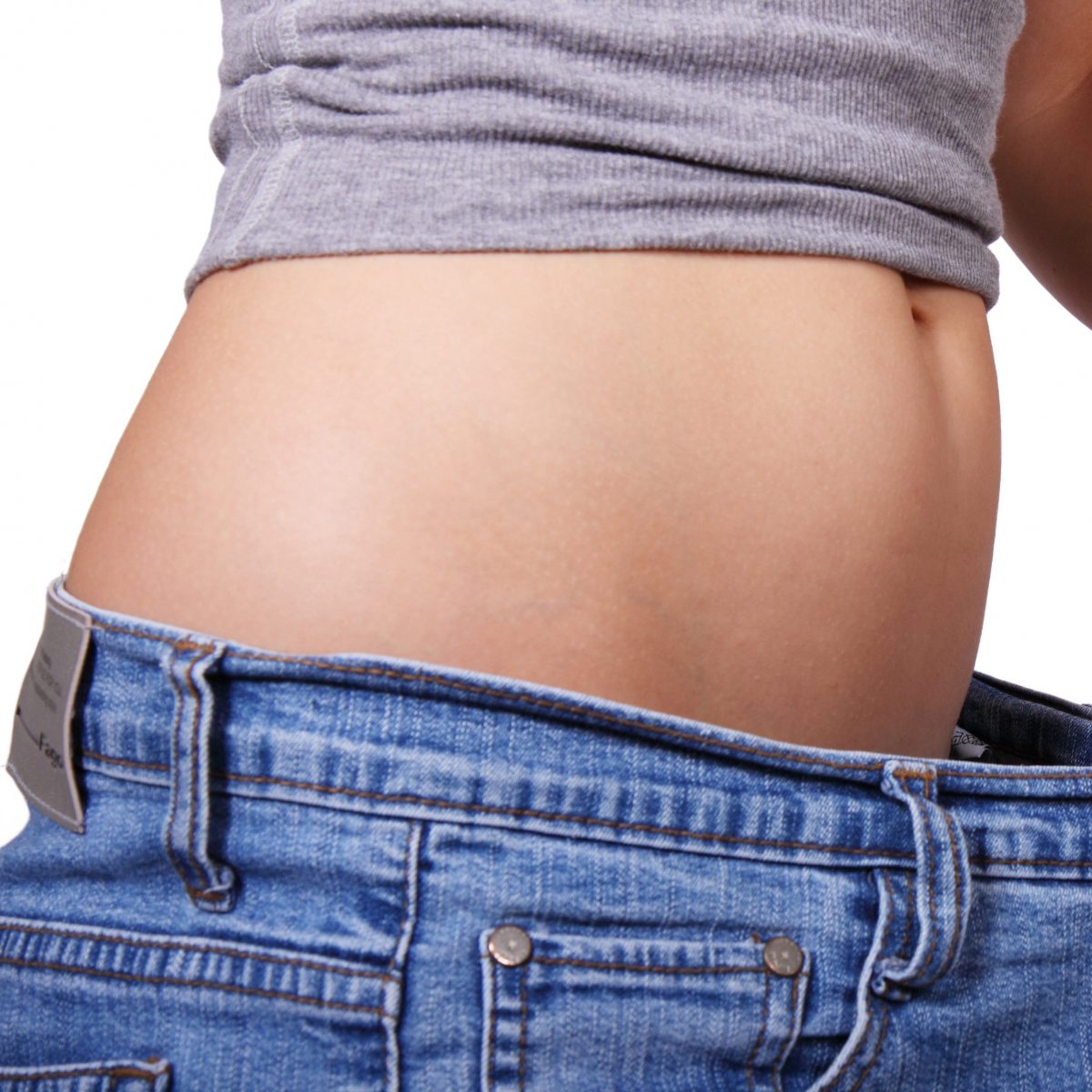Body image and self-confidence can be greatly improved with physical activity and dietary changes, but arguably more important, are the numerous health benefits of exercise and proper nutrition.
One misconception about belly fat or abdominal fat is that you need to target only the abs to reduce belly fat. This is not exactly the case because the body is not very efficient at targeted fat burning. Instead, fat burning exercises, such as aerobic exercises, burn fat fairly evenly throughout the body. Losing belly (abdominal) fat can best be attained by combining several techniques, rather then focusing on just abdominal exercises such as crunches and sit-ups.
It is important to take note of your body habitus or shape. By now, you have probably heard about the “apple” and the “pear” body shapes.
- Pear–shaped body: people carry fat around under the skin or “subcutaneously” in the hips, thighs and buttocks
- Apple–shaped body type carries a type of fat known as “visceral” fat, or fat stored in the abdominal cavity
The danger of this visceral fat in the abdomen is that it surrounds internal organs such as the liver, pancreas, kidneys, intestines, etc. Visceral fat cannot be pinched. You can be skinny and still have visceral fat. Fat cells are not passive, but in fact, active cells. Visceral fat cells produce fatty acids and inflammatory cytokines (chemicals) that can drive or worsen existing inflammation (such as arthritis or cardiovascular disease). In contrast, subcutaneous fat (fat you can pinch under your skin) produces beneficial hormones such as leptins that drive your sense of fullness.
There are many factors that determine the placement of fat on our bodies. Some are modifiable while others are not. Genetics definitely play a role on visceral fat, as does various hormone levels, but so to does your total calorie intake. In addition, the composition of your diet, including the amount of dietary protein, level of dietary sugar intake, and type of fat consumed in your diet, all have implications on fat storage and overall health.
Elevated visceral fat (belly fat) has been linked to:
- Metabolic disturbances
- Cardiovascular disease (strokes and heart attacks)
- Diabetes
- Cancers (such as breast)
- Arthritis
- Demenita, Anxiety, Depression
- Sexual dysfunction
According to the American College of Sports Medicine, you are at significantly increased risk of cardiovascular events if you have a waist circumference of > 40 inches in males and > 35 inches in females. There is a test you can do to determine if you are at an increased risk called the Waist-to-Hip circumference ratio. Using a tape measure, check the circumference of your waist at your narrowest point and measure the circumference at the widest point of your hips. If your ratio of Waist/Hips is > 0.95 as a male or > 0.86 as a female you are at significantly increased risk for cardiovascular events, hypertension, and type 2 diabetes.
So what should you do?
Diet: this is the most important component of your strategy to reduce your abdominal fat and bloating.
- Avoid foods which bloat you (different for different individuals)
- Avoid chewing gum
- Avoid simple sugars and processed carbs
- Avoid alcohol – the liver will burn this instead of fat for energy
- Avoid dehydration – Drink water
- Avoid bubbly drinks as this can worsen abdominal gas and bloating
- Avoid wheat/gluten
- Chew your food until it is liquefied for better digestion
- Consider adding a probiotic if o.k. with your Physician or Health Professional
- Add 10 grams of soluble fiber to your diet –(1 cup of peas or 2 apples)
- Avoid trans-fats which are stored as visceral fats
Exercise:
- At least 30 minutes of moderate intensity exercise 5 days per week
- High intensity interval training – helps burn visceral fat
- Strength train 2-3 times per week to build muscle mass
- Target all major muscle groups when strength training
- Core exercises build abdominal muscle which will in turn burn fat all over body (but not locally around the abdomen)
Other:
- 5-8 hours of sleep per night is optimal per study done by Wake Forest
- Try to reduce stress – cortisol (a stress hormone) promotes visceral fat storage
- Have your doctor check your hormone levels if you are worried – low testosterone in males and low estrogen in females can be associated with visceral fat storage
One caveat to this is that after a significant weight loss, you are sometimes left with excess skin. Excess skin is very different from abdominal fat. Unfortunately, at this time, I am unaware of any medically sound practices that reduce large quantities of excess skin aside from plastic surgery at this time. That being said, the reduction of visceral fat and increase of muscle mass, due to proper diet and exercise, have profound, lasting effects on your health and well-being.

